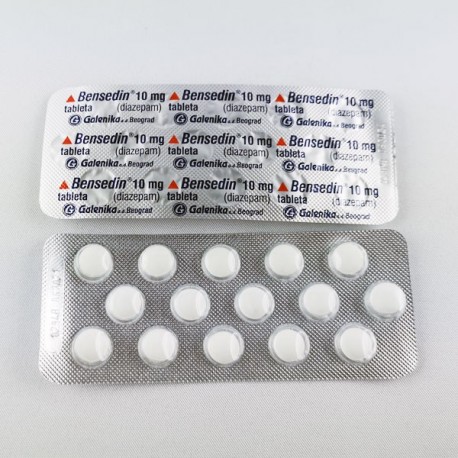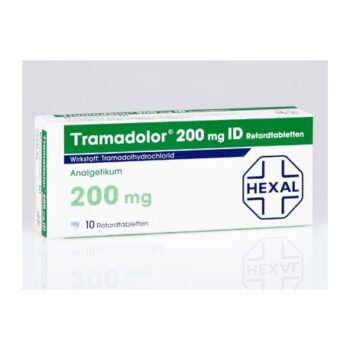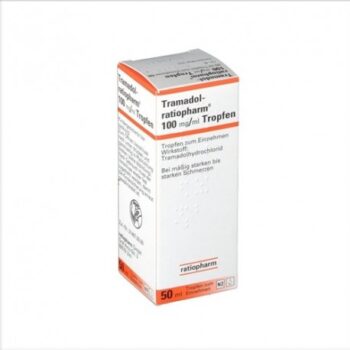Introduction
Diazepam, widely recognized by its brand name Valium, stands as a stalwart in the realm of anxiolytic medications. As a benzodiazepine, Diazepam has been a beacon of relief for individuals grappling with anxiety disorders, muscle spasms, and certain neurological conditions. This description aims to unravel the characteristics, applications, and considerations associated with Diazepam, shedding light on its role in promoting mental calmness and physiological relaxation.
Mechanism of Action
Diazepam operates by enhancing the effects of gamma-aminobutyric acid (GABA), a neurotransmitter with inhibitory properties in the central nervous system. By binding to specific GABA receptors, Diazepam amplifies the calming signals in the brain, resulting in a reduction of excessive neuronal activity. This modulation of neurotransmission forms the foundation of Diazepam’s anxiolytic, sedative, and muscle-relaxant effects.
Clinical Applications
- Anxiety Disorders: Diazepam is commonly prescribed to alleviate symptoms associated with generalized anxiety disorder (GAD), panic disorder, and social anxiety. Its calming influence on the nervous system helps individuals regain control over overwhelming feelings of fear and worry.
- Muscle Spasms: Diazepam’s muscle relaxant properties make it an effective intervention for conditions characterized by excessive muscle contractions and spasms. It is often utilized in the treatment of acute muscle injuries and certain neurological disorders.
- Seizure Disorders: Diazepam is employed in the management of various seizure disorders, including epilepsy. Its anticonvulsant effects help prevent and control seizures by stabilizing abnormal electrical activity in the brain.
- Insomnia Relief: In some instances, Diazepam may be prescribed for short-term relief of insomnia. Its sedative properties contribute to promoting sleep by calming the central nervous system.
Dosage Forms and Strengths
Diazepam is available in various formulations, including oral tablets, liquid solutions, and intramuscular injections. The dosage strength may vary depending on the specific medical condition being treated. Common tablet strengths include 2mg, 5mg, and 10mg, allowing for tailored dosing based on individual needs.
Considerations and Precautions
- Potential for Dependence: Due to its central nervous system depressant properties, Diazepam has the potential for dependence and withdrawal symptoms. Prolonged use beyond prescribed durations or abrupt discontinuation should be avoided.
- Sedation and Impaired Coordination: Diazepam can cause drowsiness and impair coordination. Individuals taking this medication should exercise caution while engaging in activities that require alertness, such as driving or operating heavy machinery.
- Avoiding Alcohol: Combining Diazepam with alcohol or other central nervous system depressants can intensify sedative effects and increase the risk of adverse reactions.
- Pregnancy and Lactation: Pregnant or lactating individuals should consult their healthcare provider before using Diazepam, as it may pose risks to the developing fetus or nursing infant.
Conclusion
Diazepam, encapsulated in its brand name Valium, remains an indispensable therapeutic ally in the management of anxiety, muscle spasms, and certain neurological disorders. With its well-established efficacy and versatility, Diazepam continues to play a crucial role in fostering mental tranquility and physical relaxation. However, its use should be approached with mindfulness, adhering to prescribed guidelines and under the vigilant care of healthcare professionals. As a powerful tool in the pharmacological arsenal, Diazepam exemplifies the delicate balance between therapeutic benefits and the need for cautious, responsible use.











Reviews
There are no reviews yet.